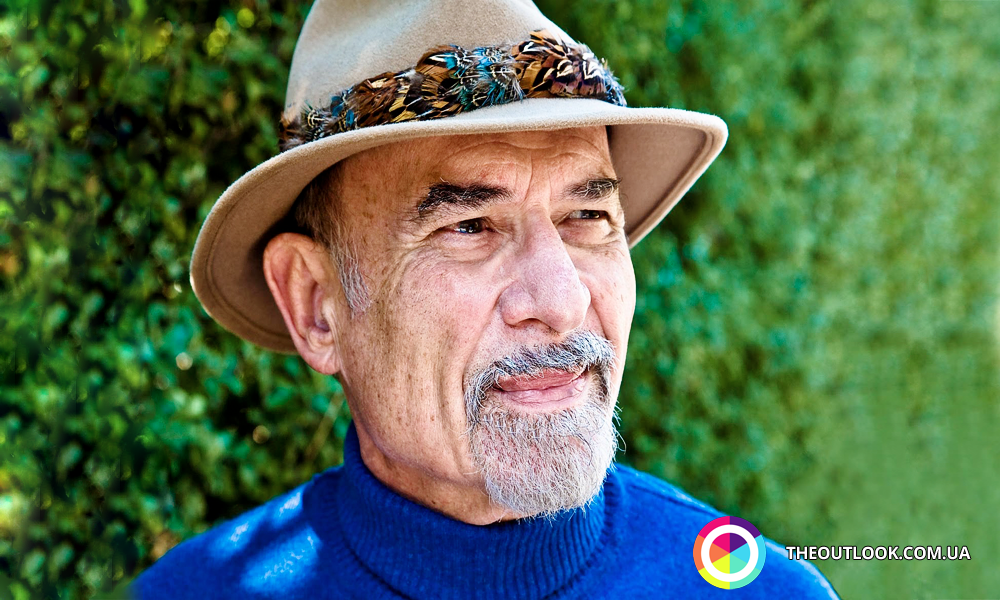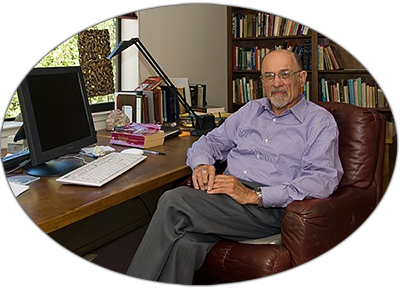«Love's Executioner»: exclusive interview with Irvin Yalom

 Irvin Yalom is an American writer and psychiatrist, professor of psychiatry at Stanford University. His fame resounds far outside the USA: Yalom made medical practice comprehensible, outlined methods of both individual and group therapy in his books. Students of psychology faculties all over the world are absorbed with his monograph “Existential Psychotherapy” and one of his patients recalls that his book “When Nietzsche Wept” helped him overcome a deep depression, the thing that numerous psychotherapy sessions were unable to accomplish.
Irvin Yalom is an American writer and psychiatrist, professor of psychiatry at Stanford University. His fame resounds far outside the USA: Yalom made medical practice comprehensible, outlined methods of both individual and group therapy in his books. Students of psychology faculties all over the world are absorbed with his monograph “Existential Psychotherapy” and one of his patients recalls that his book “When Nietzsche Wept” helped him overcome a deep depression, the thing that numerous psychotherapy sessions were unable to accomplish.
Irvin Yalom calls himself “Love's Executioner”, either jokingly or seriously. However, it isn’t about love – it is about affections that prevent us from feeling the charm of life, let go of conventionalities that limit our consciousness and lead to disappointment.
— Nitszsche, Schopenhauer and Spinoza become characters of your novels. What is it that unites these individuals in your works?
— I have an earnest conviction that history of psychotherapy couldn’t have been born in 19th century with the emergence of Freud, Jung and Pavlov. I believe we should look for its origins thousands years ago when great philosophers began asking how we should live. I think that personalities I’ve chosen are extraordinarily important actors in philosophy because they were raising eternally relevant psychiatric problems. If I were younger, I would have written about other people like Epicurus, Sartre and Camus. So I can’t say that personalities I’ve picked bear features of my character. But I built actions of novels in compliance with their ideas and mindset peculiarities.
— Do you happen to have a special ritual that you perform before you start writing a new book?
— I normally have enough rituals that go along with my work. Mostly, I prefer writing in the morning, try to free morning hours from all the affairs to dedicate them to writing books. I need some time, three to four hours, to do a lot. In evenings when I take warm bath or in afternoons when I go cycling or have a lonely walk, inspiration often comes to me and I writequite a lot in days to follow.
— In your psychotherapy practice you work with the issue of death as a given of existence. What kind of advice can you give those who want to get over fear of death?
— It is a very serious question. I wrote a large book “Staring at the Sun: Overcoming the Terror of Death” dedicated to the issue of how to overcome dread of death. I use the word ‘terror’ more often than ‘fear’ because I don’t think we’ll ever be able of overcoming fear of death. But some people experience such a strong terror they simply cannot live with it. The book that I’ve mentioned suggests experimenting with various philosophic principles in order to master the problem. For instance, one can take an idea of Epicurus that runs: when we die we get into the same state of non-existence we were in prior to birth. But no one mourns what precedes birth! However there are other experiments and points of view that I argue in the book.
— Isn’t it dangerous to come to terms with inevitability of death? Doesn’t it take away a reason to live?
— Yes, it is a horrifying feeling and the first thing that a person feels is as if the ground crumbles under his or her feet. But gradually my patients start regarding the issue more calmly and should they be in philosophical mood, it allows them arrive at profound pondering of existence and the issue of how to spend the rest of life meaningfully. In a collection of my tales called “Momma and the Meaning of Life” there is a story called “Travels with Paula” where I write about a very caring and a very brave woman who used to work with me. She was running therapy sessions for terminal patients and this is an example of how one can fill own life with meaning than is there with you for the rest of your life.
— Another notion that fits into the system of givens of existence is existential freedom. How free is a person and is it correct to talk about absolute freedom?
— When I use the word ‘freedom’ in my books on existential psychotherapy, I don’t use it in political sense. I talk about freedom that means that we are free to give our lives the shapes we want. We still have freedom to some extent – even if our actions are restrained by political and economic bonds. This is exactly what Sartre meant when he spoke of people as of authors of their own destiny because even when our freedom is restricted, we still have the advantage of independence, for instance, ability to change our views towards any given situation.
— How to overcome a so-called existential solitude, a feeling when a person faces non-existence one-on-one?
— Terminal patients often face incredible amounts of solitude. They fear to share their most intimate thoughts and impending doom with their dear ones because they don’t want to depress them. At the same time, relatives don’t know how to talk to patients who suffer from terminal diseases because they are afraid to make it worse for them. So a bilateral isolation occurs. When I work with patients with terminal diseases I try to be so open and honest that I talk to them about everything, including fears of my own. I discover that psychotherapeutic work in groups where people can share their thoughts and worst dreads helps patients deal with fatal outcome.





















